Owning a sustainable cashew growing area of nearly 800 hectares in Binh Phuoc and neighboring areas, Gia Bao Group Joint Stock Company in collaboration with Green Journey Social Enterprise recently launched the Green Cashew Project.
With the orientation of contributing to the green and sustainable development of the cashew industry, the Green Cashew Project aims to focus on supporting cashew farmers to improve their production and business capacity, associated with reducing carbon emissions; at the same time, coordinate with parties to evaluate and measure carbon credits from cashew trees.
In addition, the establishment of a green cashew factory in Binh Phuoc is not only a place to develop the cashew industry to new heights but also contributes to the overall development in the green transformation trend of Vietnamese agriculture.
A carbon credit is a tradable certificate that represents the right to emit a given amount of carbon dioxide (CO2) or another greenhouse gas equivalent in CO2. One carbon credit is equivalent to 1 tonne of CO2 or 1 tonne of CO2 equivalent.
This is a new product in our country, but the carbon credit market in the world is very active and growing rapidly.
In addition to forestry, agriculture in our country is also one of the most interested fields today when it can create about 57 million carbon credits each year. In particular, a series of crops can create a large volume of credits such as rice, coffee, cashew...
According to calculations, cashew trees create a very high carbon credit value. On average, each cashew tree can absorb 400kg of carbon in its entire life cycle. If grown according to international standards, every 2.5 cashew trees will create one carbon credit.
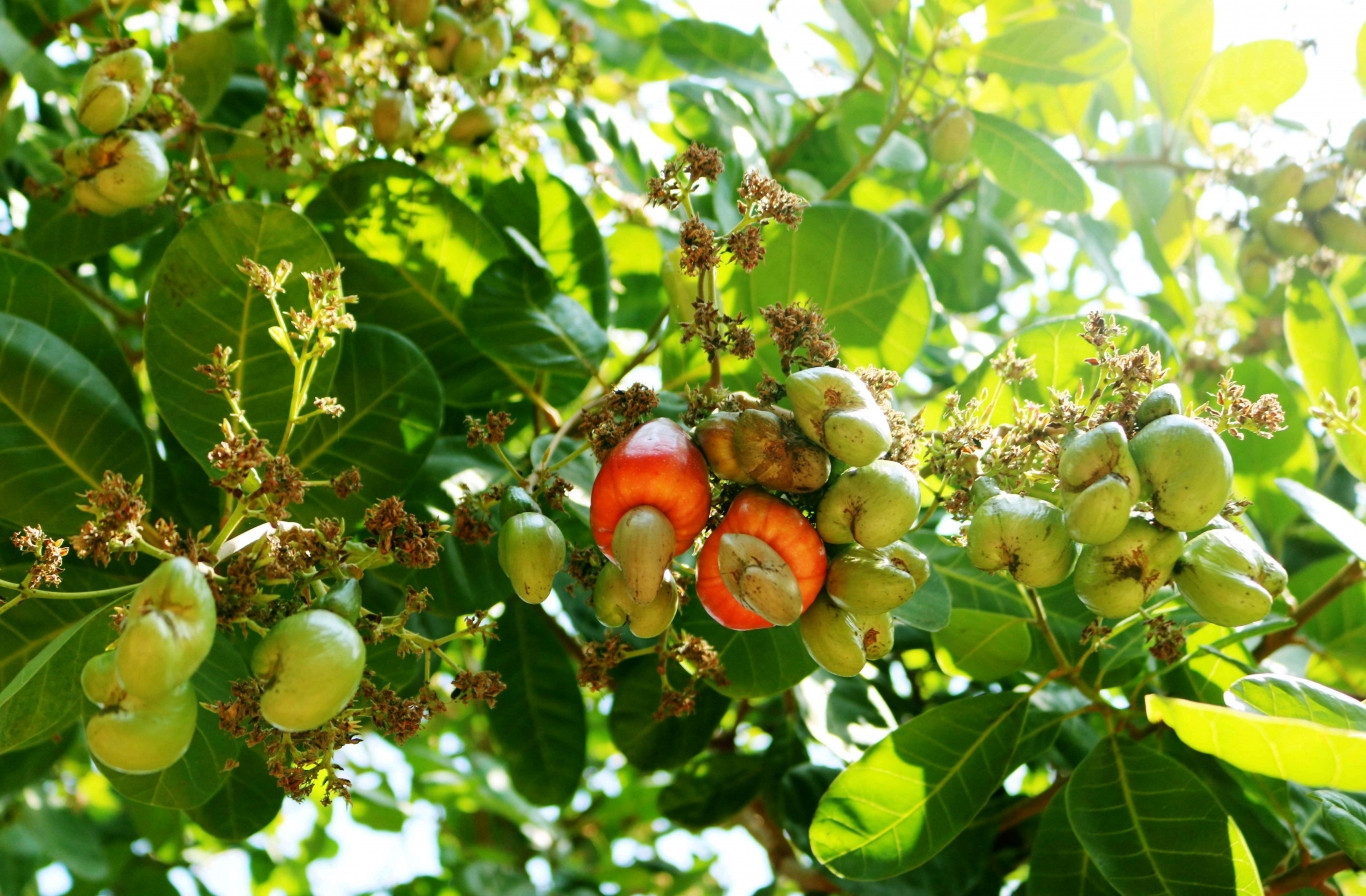
On average, 1 hectare of cashew can grow about 200 trees, equivalent to creating 80 carbon credits. With a provisional price of 5 USD/ton, the forestry industry has successfully sold 10.3 million carbon credits in 2023, the commercial value of carbon credits of the cashew industry is huge, up to tens of millions of carbon credits.
Mr. Tran Van Phuong - Deputy Director of the Department of Agriculture and Rural Development of Binh Phuoc province, said that developing cashew growing areas to create carbon credits and restructuring the cashew industry in a green direction is the province's goal.
Currently, the cashew growing area in our country is 320,000 hectares, of which Binh Phuoc is the largest cashew growing "capital", accounting for 50% of this crop area. Since 2022, the province has implemented a cashew growing program to create carbon certification with the goal of developing sustainable cashew growing areas, protecting the environment and responding to climate change.
“If implemented well, it will contribute to increasing income and improving the lives of cashew farmers. At the same time, building a sustainable raw material area will help attract investors to the field of processing cashew nuts for export,” Mr. Phuong shared.
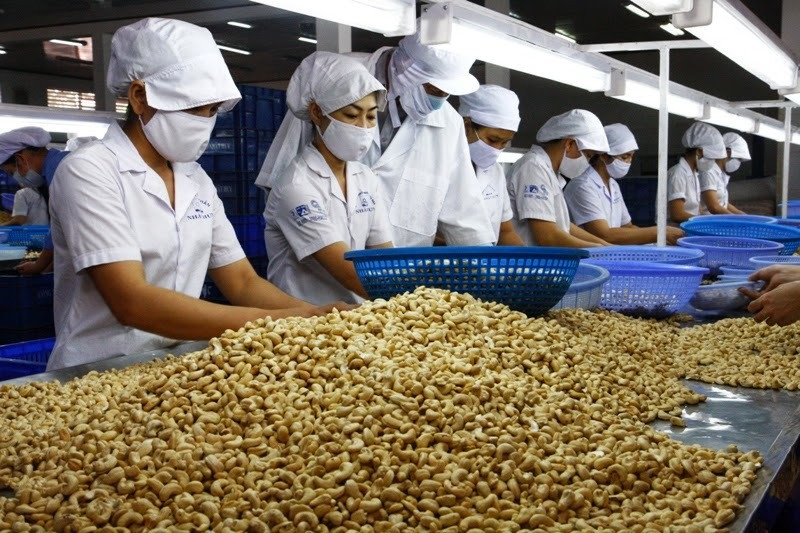
According to Mr. Nguyen Quoc Trung, Development Director of the Agricultural Emission Reduction Project (AgriCarbon), the huge potential from carbon credits will help cashew farmers gain more profits.
Along with that, measures to reduce carbon emissions in the cashew processing process not only help increase production efficiency but also contribute positively to environmental protection and minimize the impact of climate change, he emphasized.
Vietnam has held the world's number 1 position in processing and exporting cashew nuts for the past two decades. Last year, cashew exports reached the finish line with 644 thousand tons, earning 3.6 billion USD, up 24% in volume and 18% in value compared to 2022. This year, the cashew industry aims to earn about 3.8 billion USD.
Currently, many European countries, the US or Japan prioritize green and sustainable products, and Europe even applies green criteria to imported goods into this market. Therefore, when the Vietnamese cashew industry switches to green production and sustainable development, it will contribute to reducing emissions and at the same time be a competitive advantage in the international market.
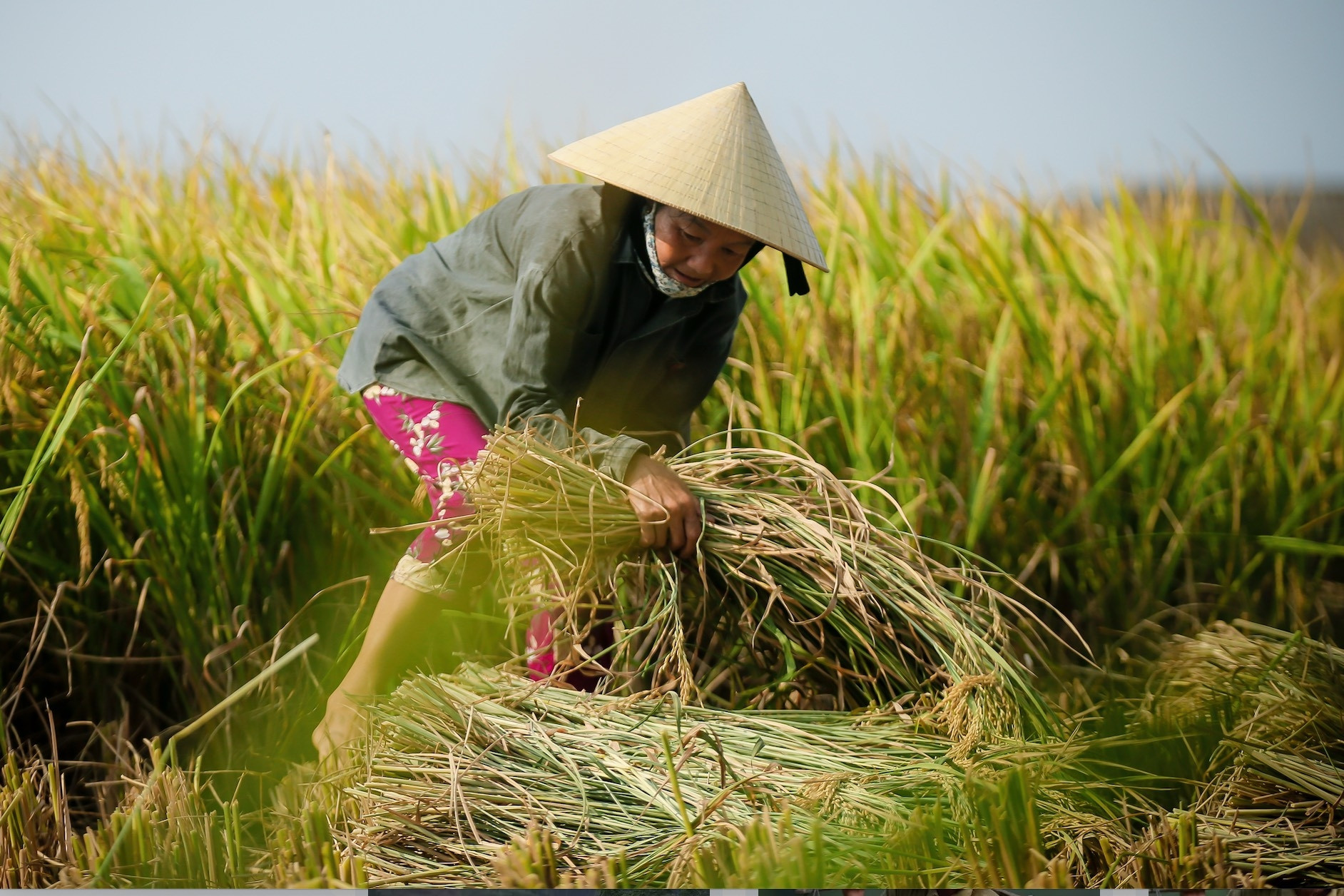
Source: https://vietnamnet.vn/trong-dieu-tao-tin-chi-carbon-1ha-co-the-thu-400-usd-tu-ban-tin-chi-2290982.html





![[Photo] General Secretary To Lam attends the 80th anniversary of Vietnam's diplomacy](https://vstatic.vietnam.vn/vietnam/resource/IMAGE/2025/8/25/3dc715efdbf74937b6fe8072bac5cb30)

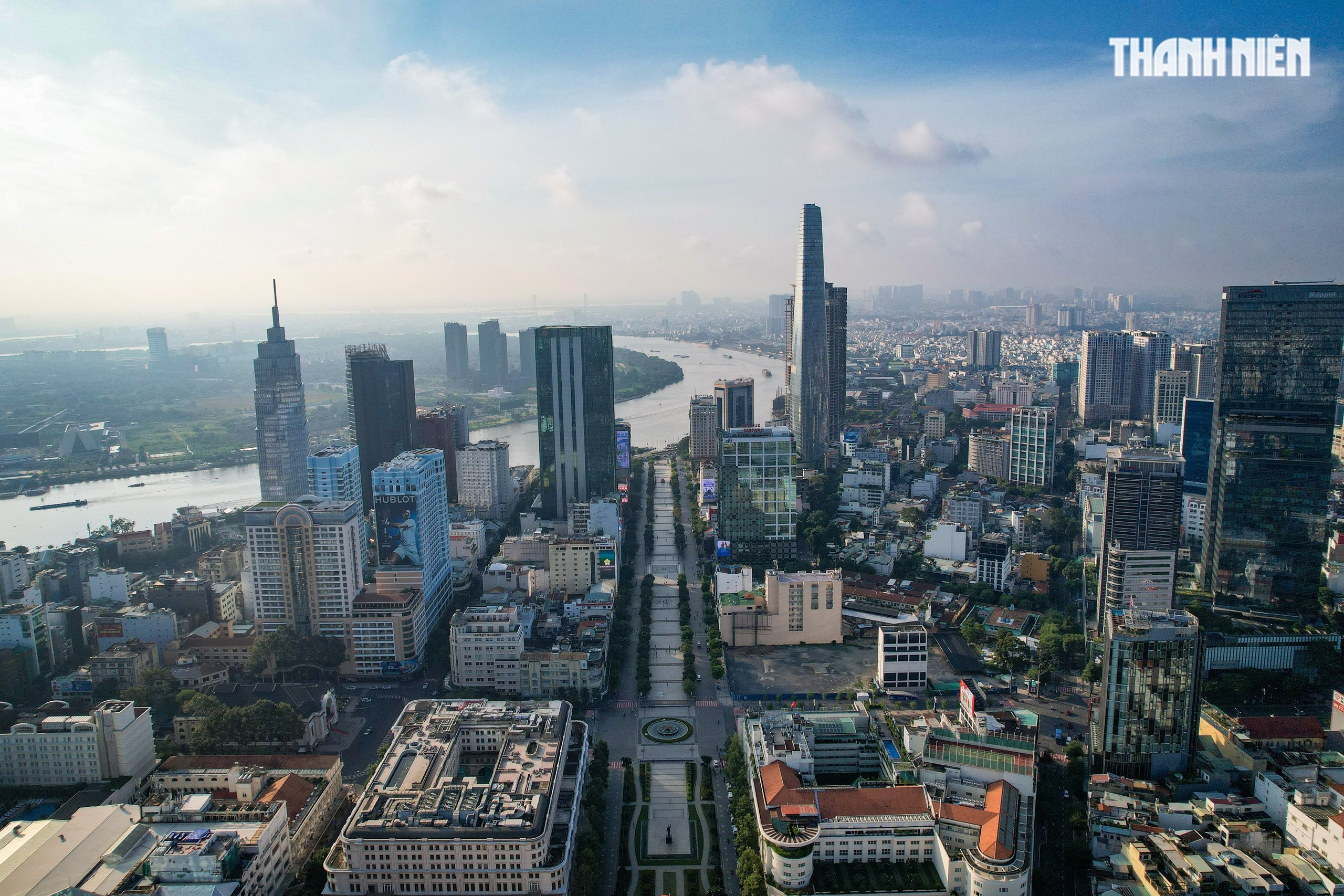

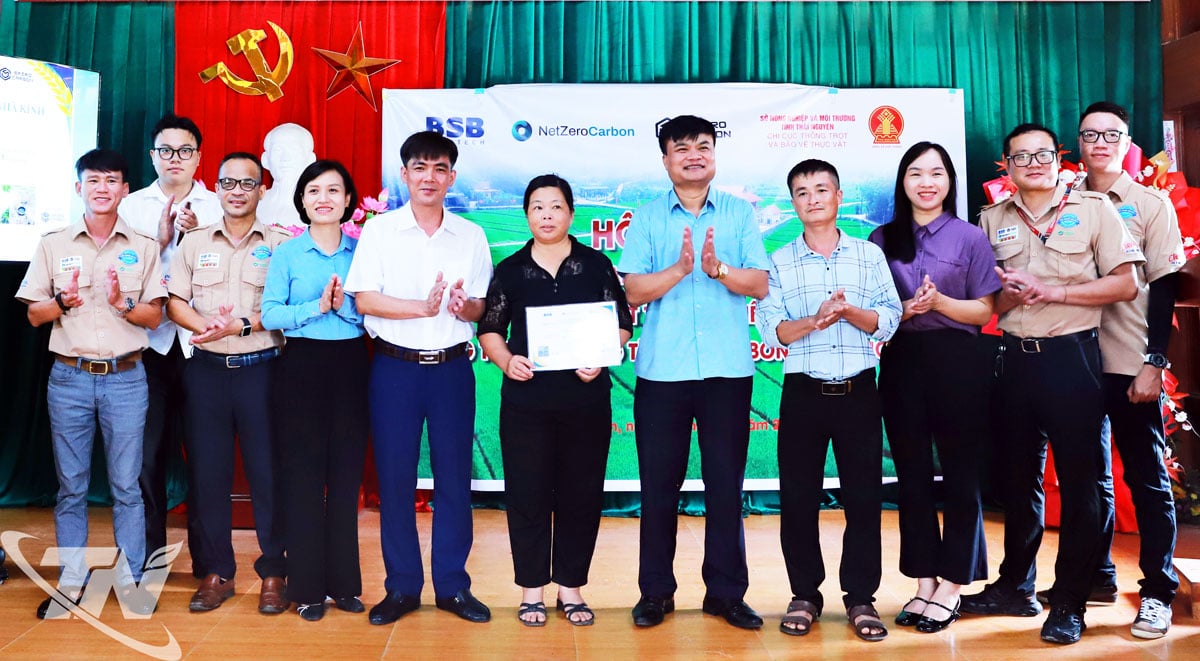

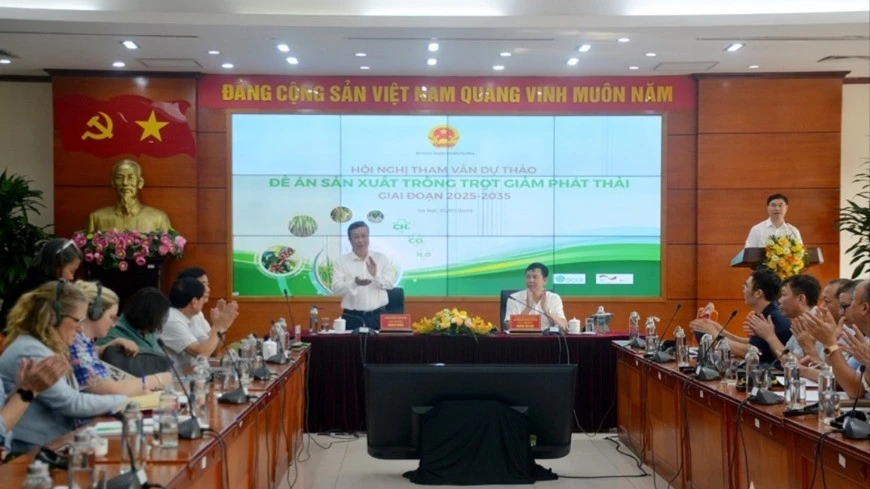

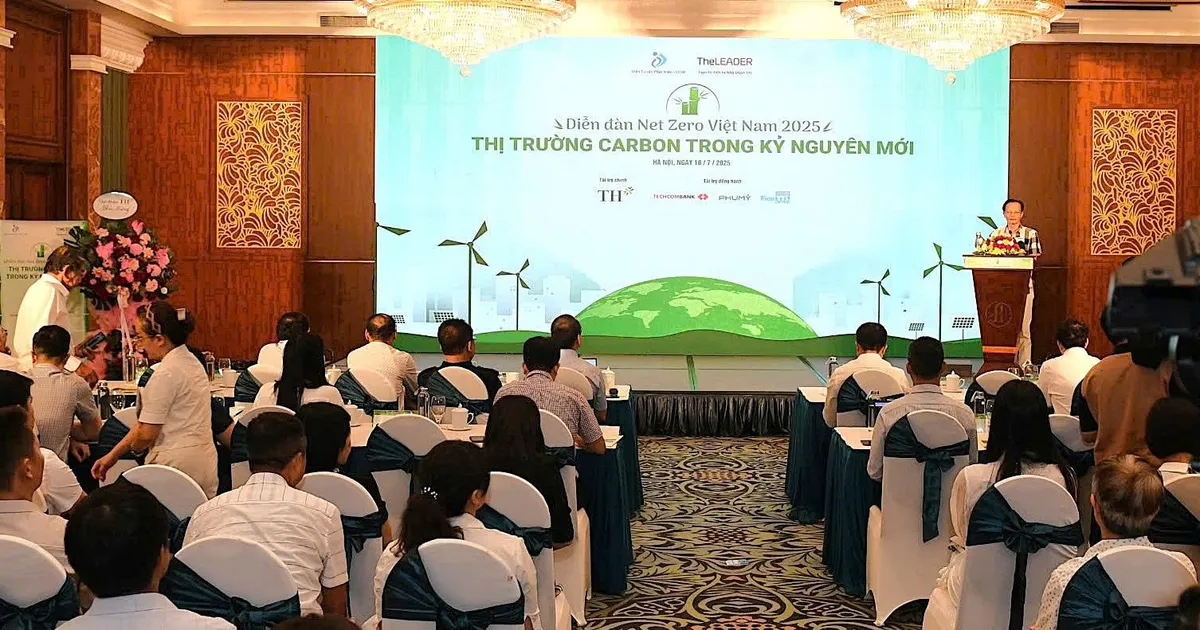

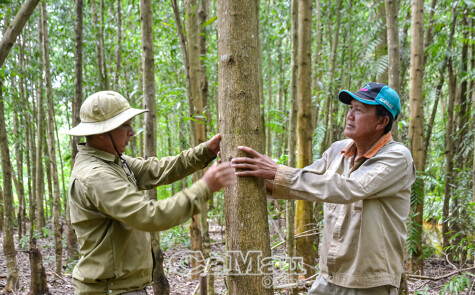

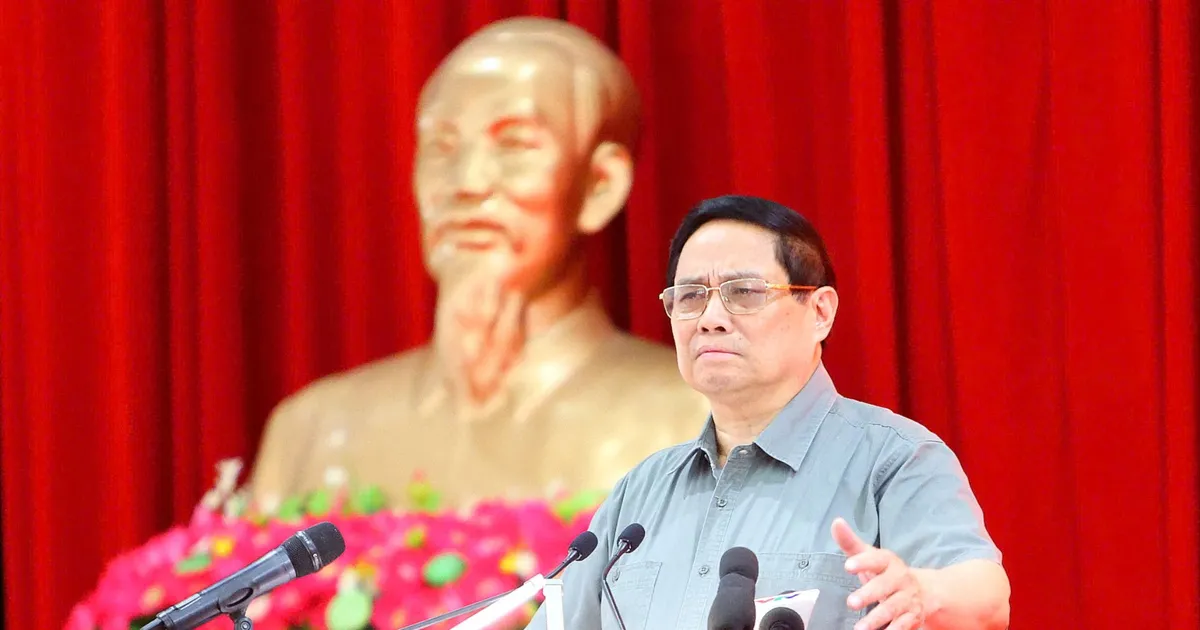
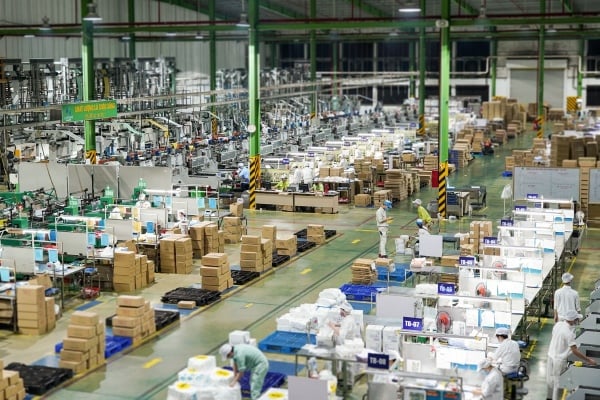



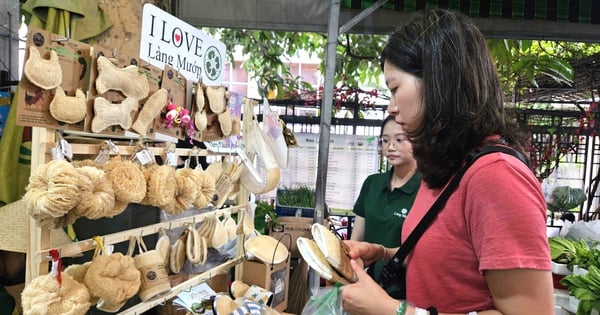

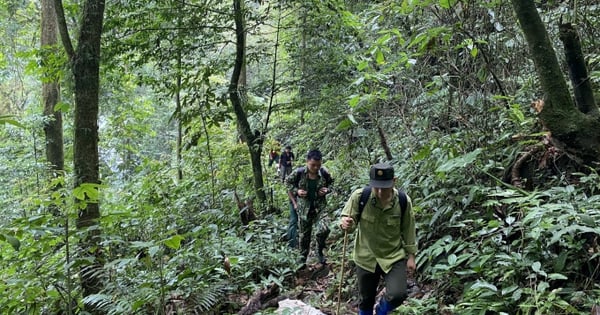






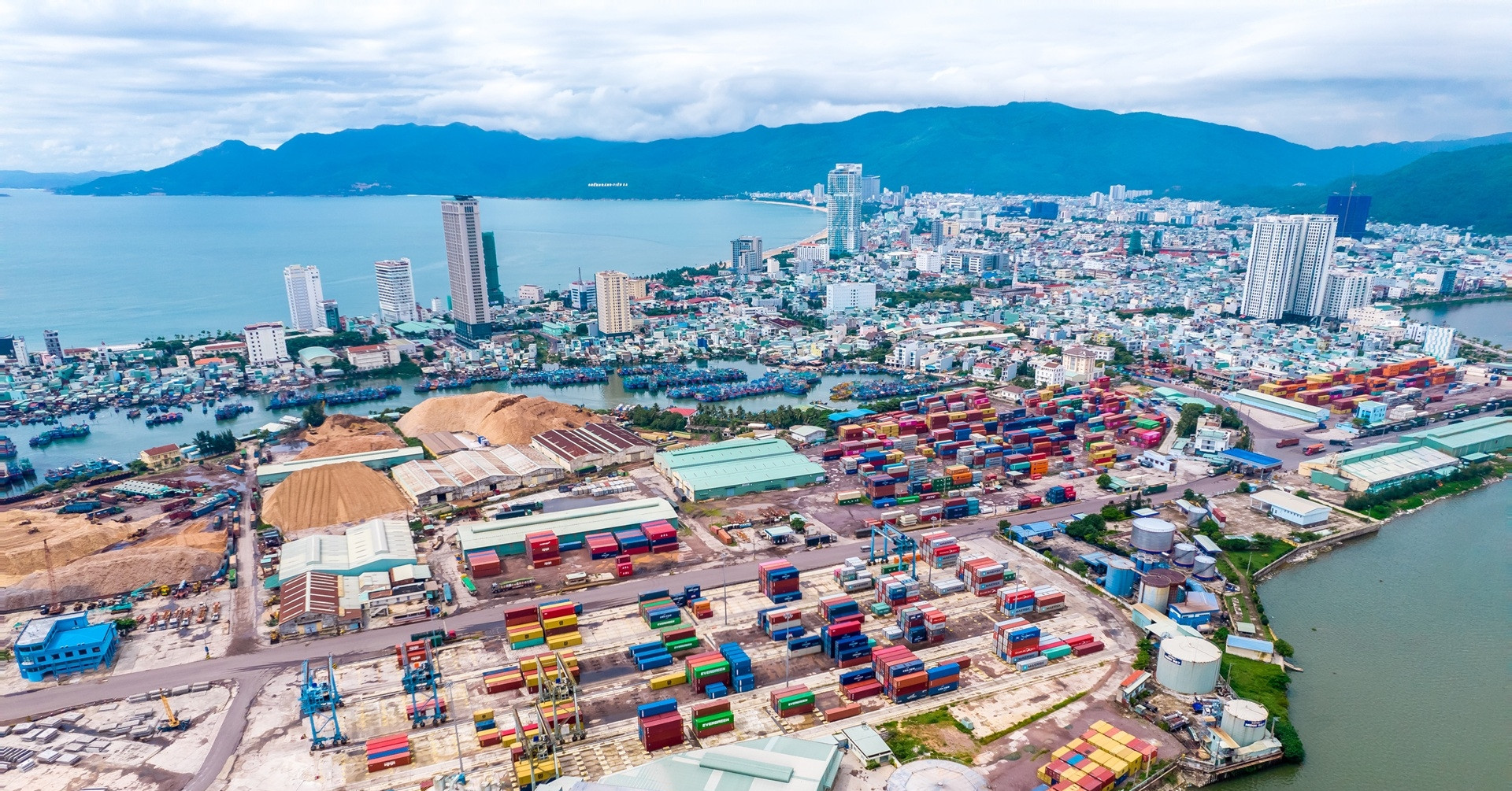
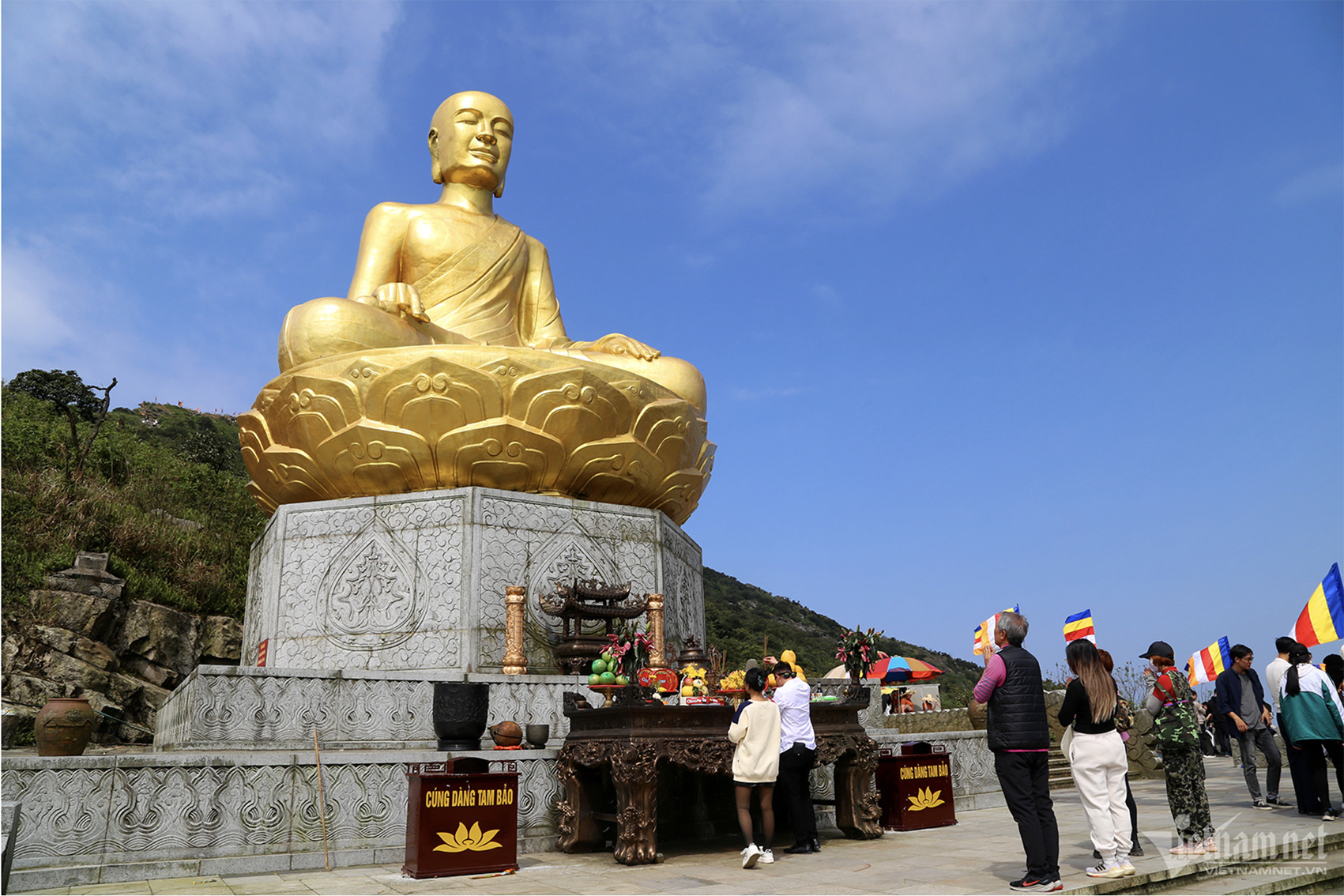




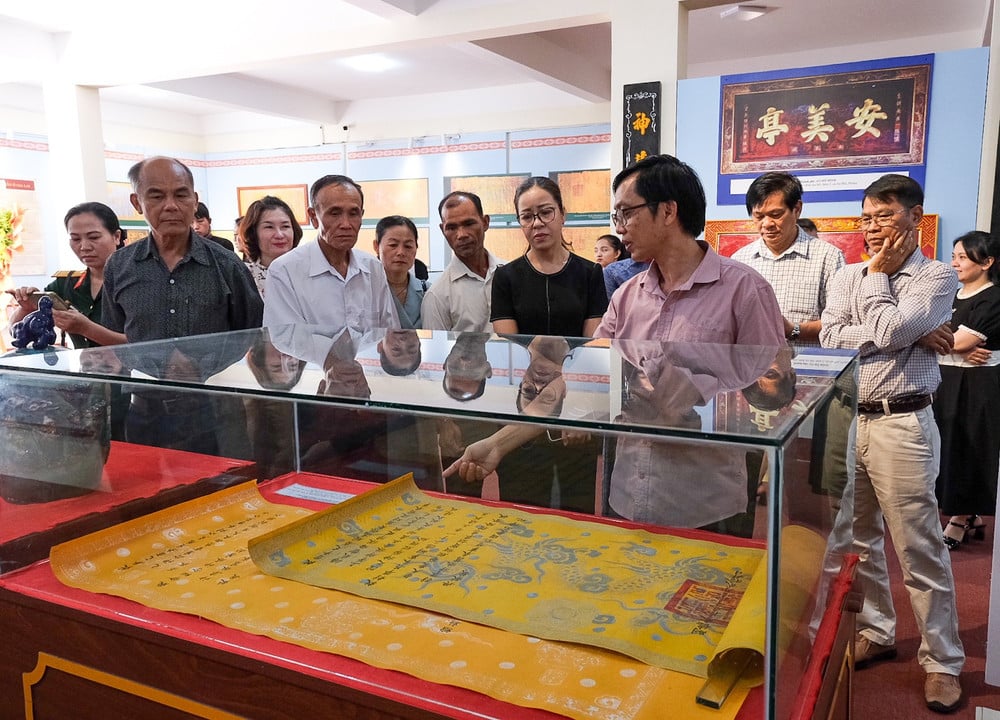

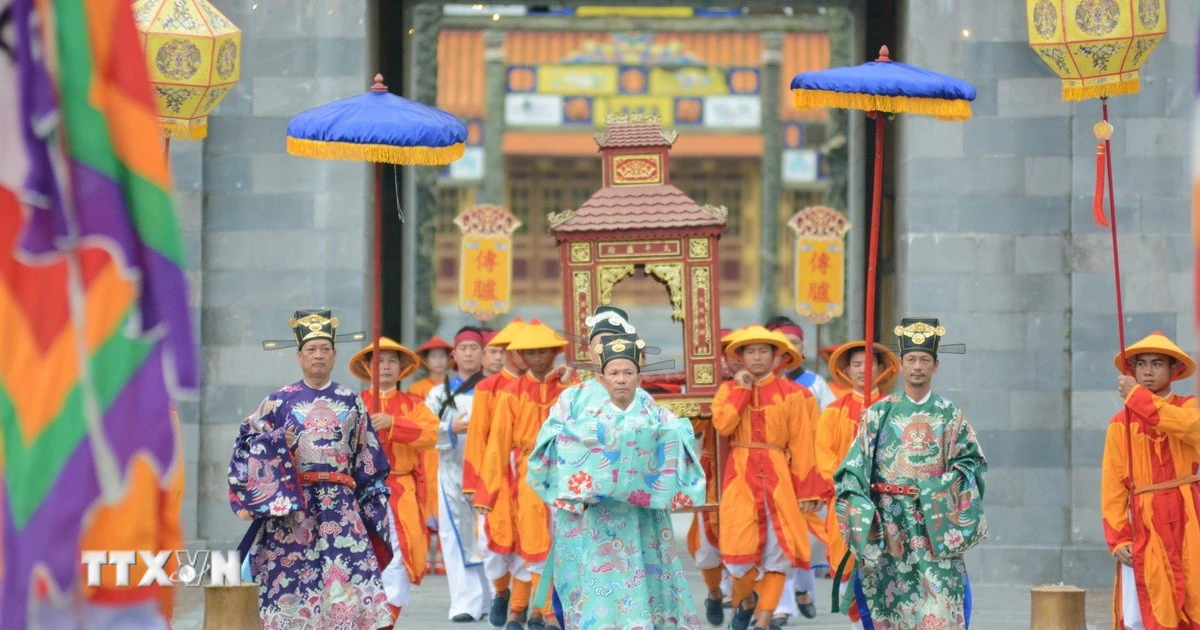

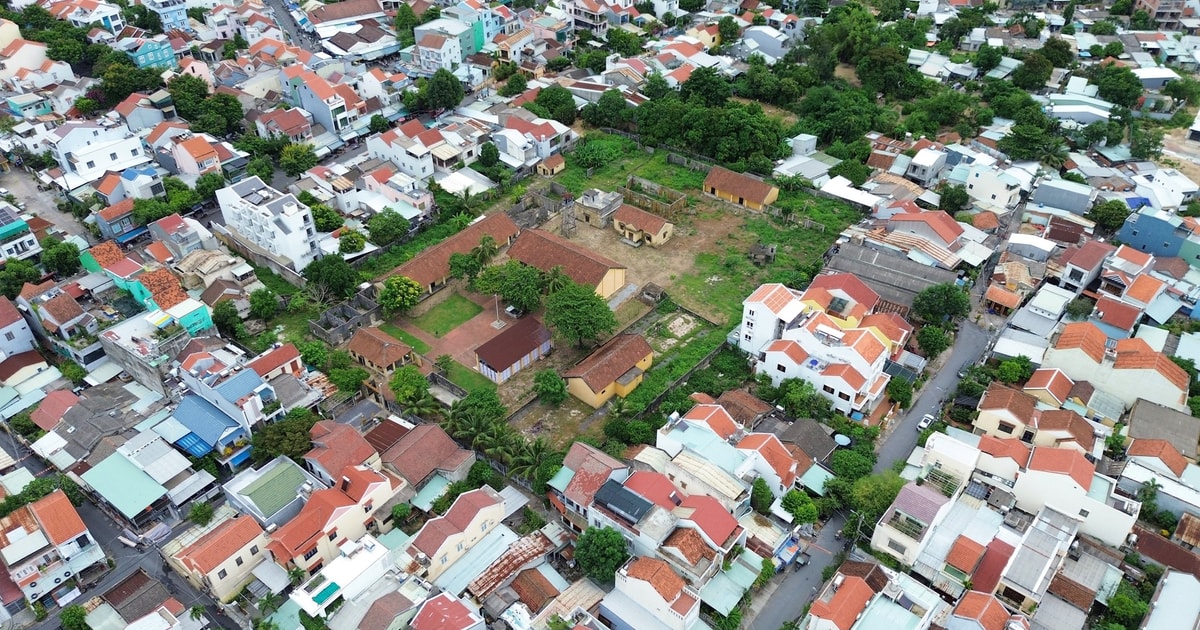









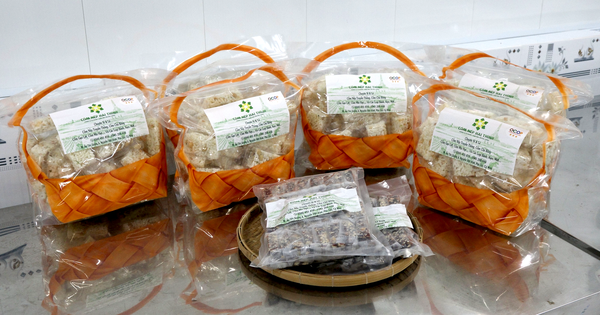

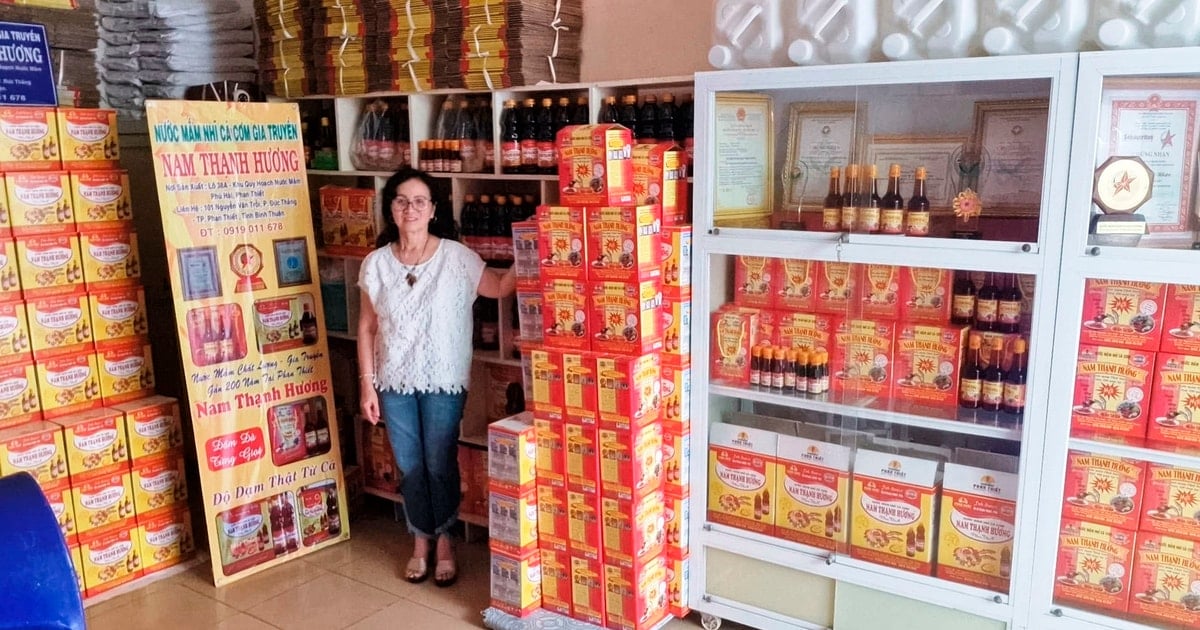

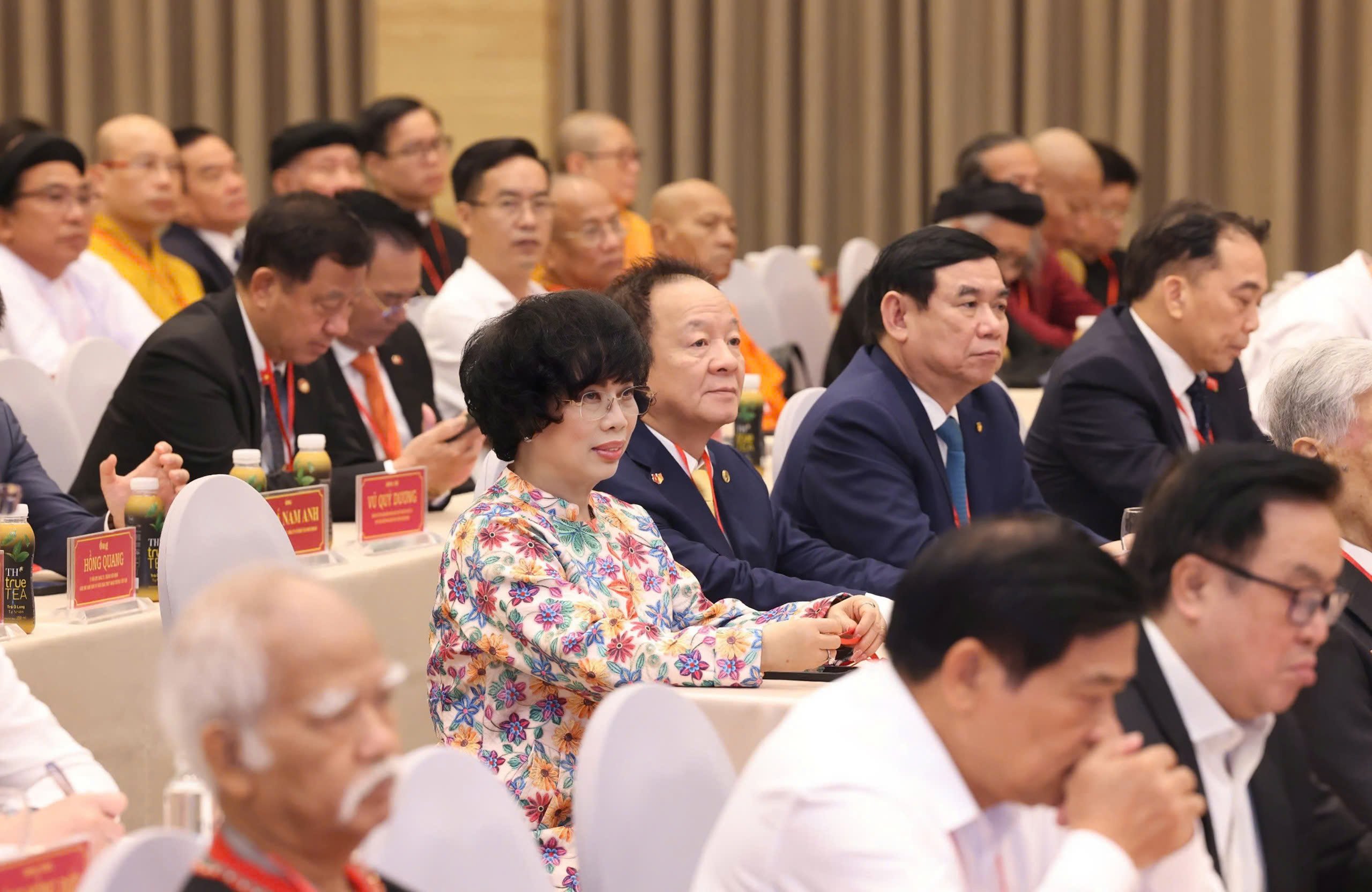

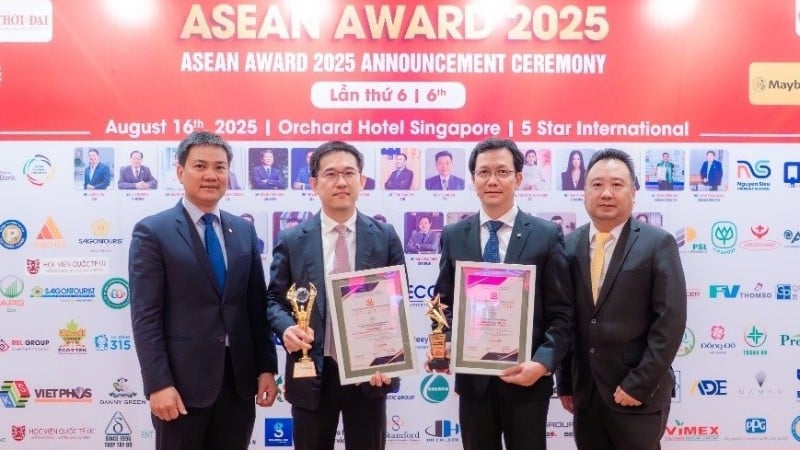


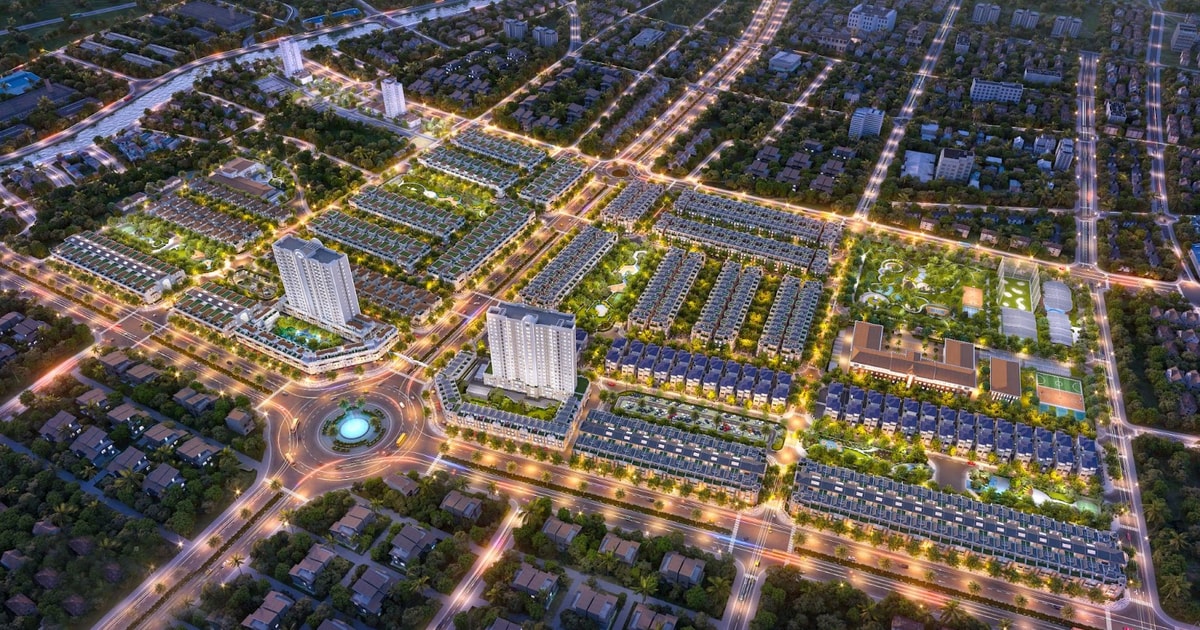


![[E-Magazine] Petrovietnam – Strong steps to realize the “Epochal Transformation”](https://vstatic.vietnam.vn/vietnam/resource/IMAGE/2025/8/25/e745baade70f4e1e96f5314f65eac658)
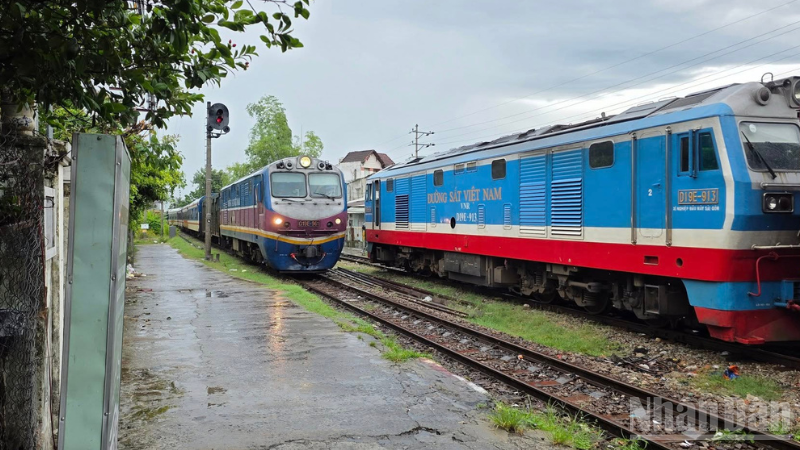
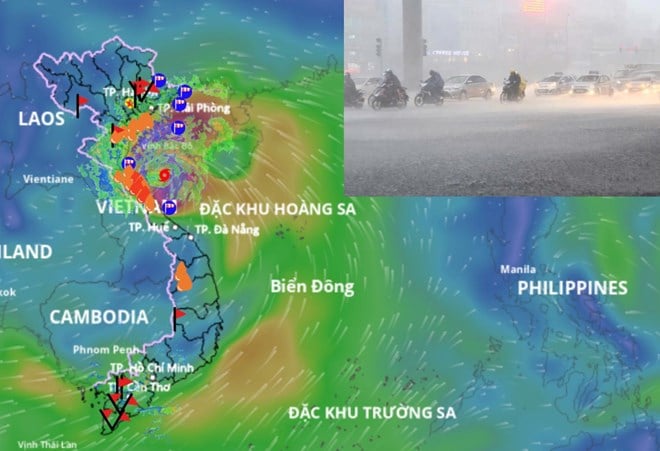







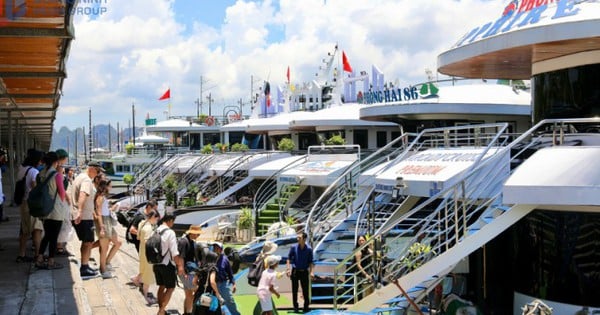



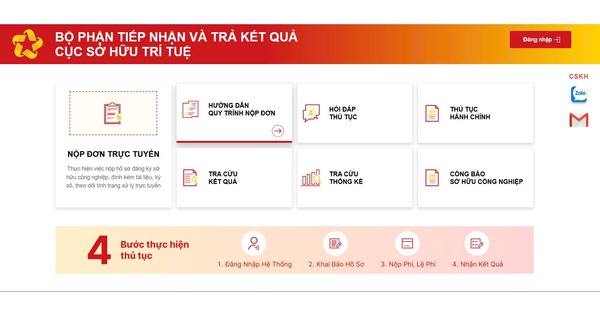

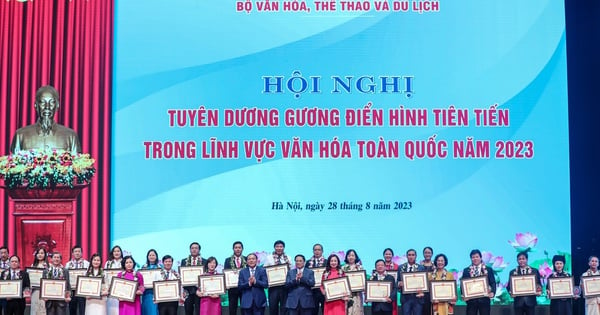



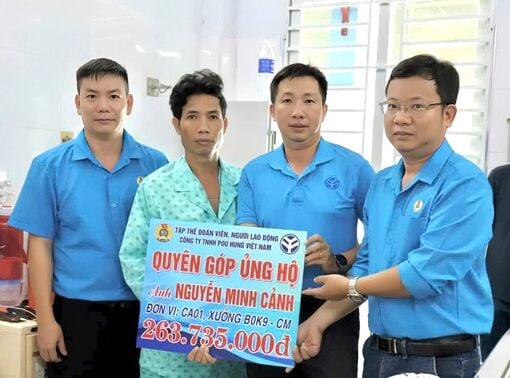
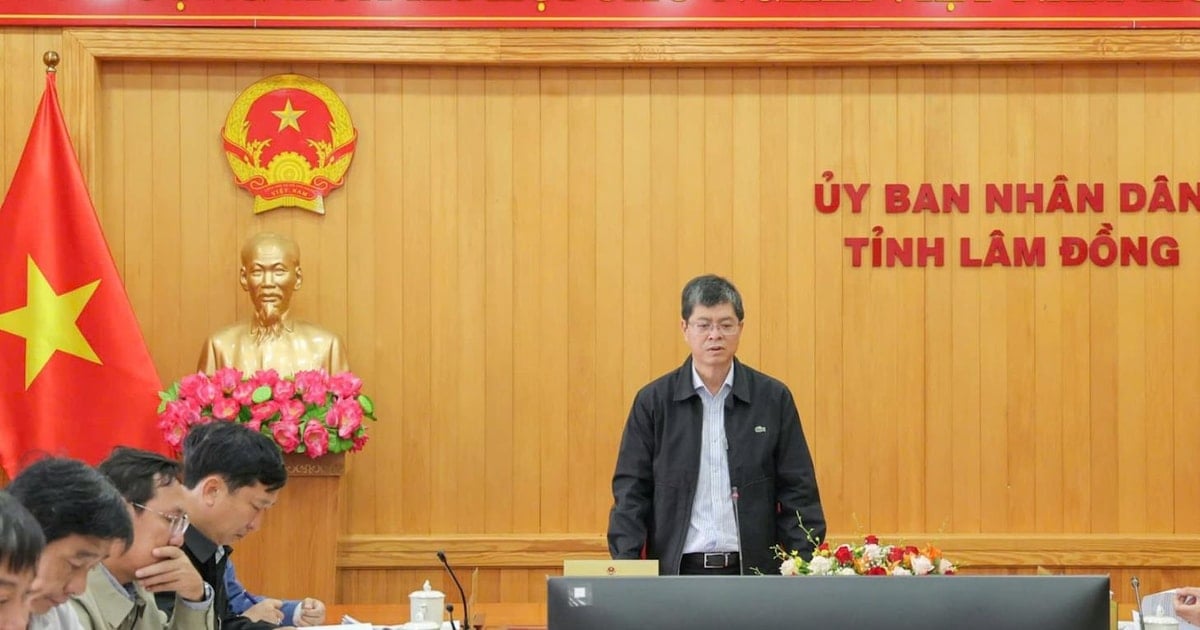
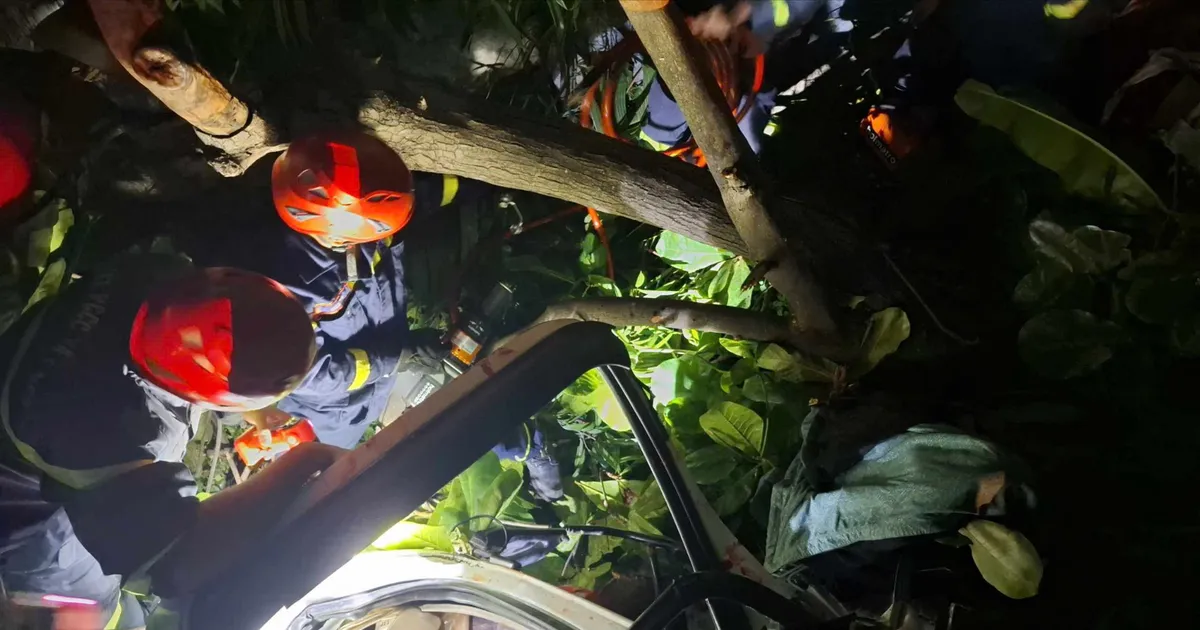
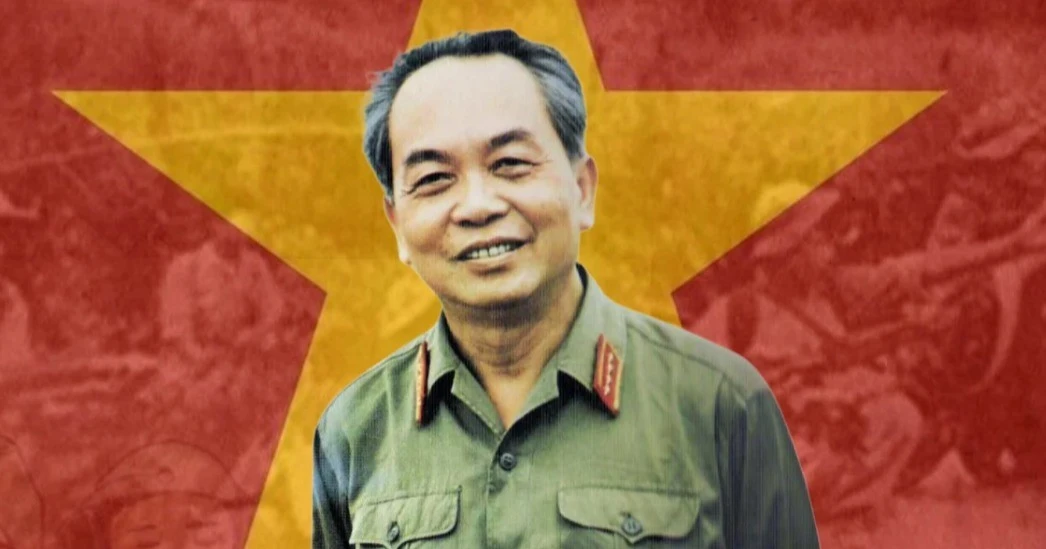
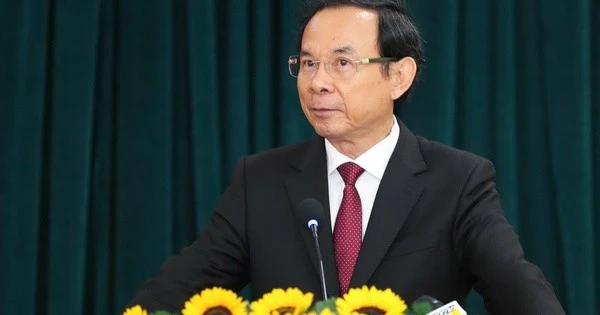
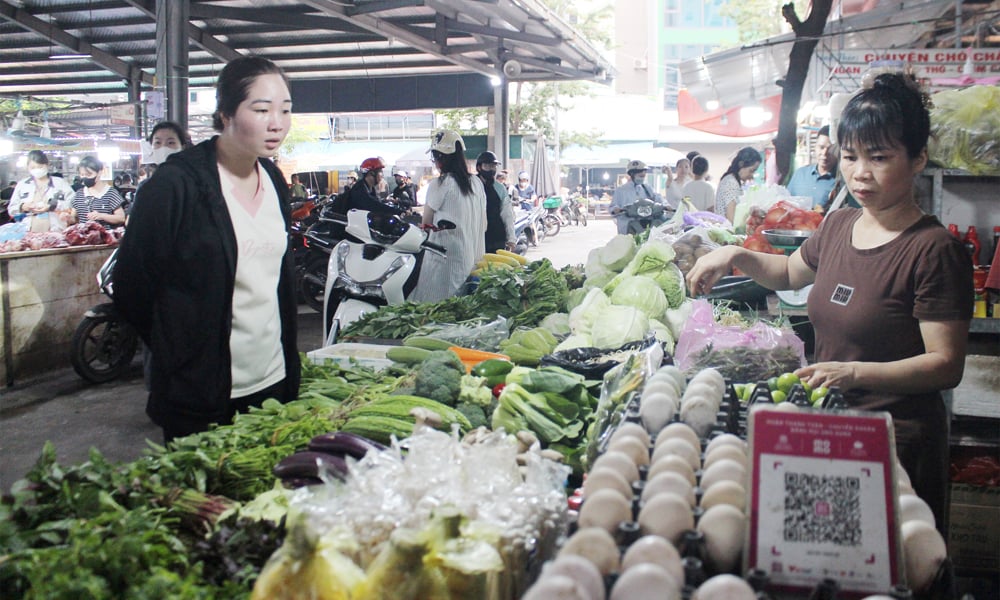

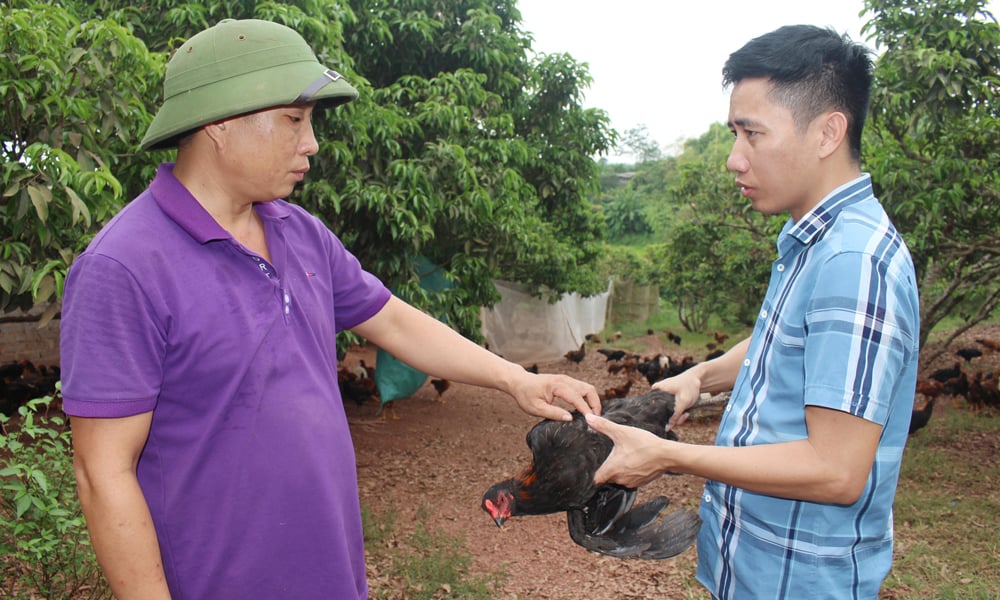
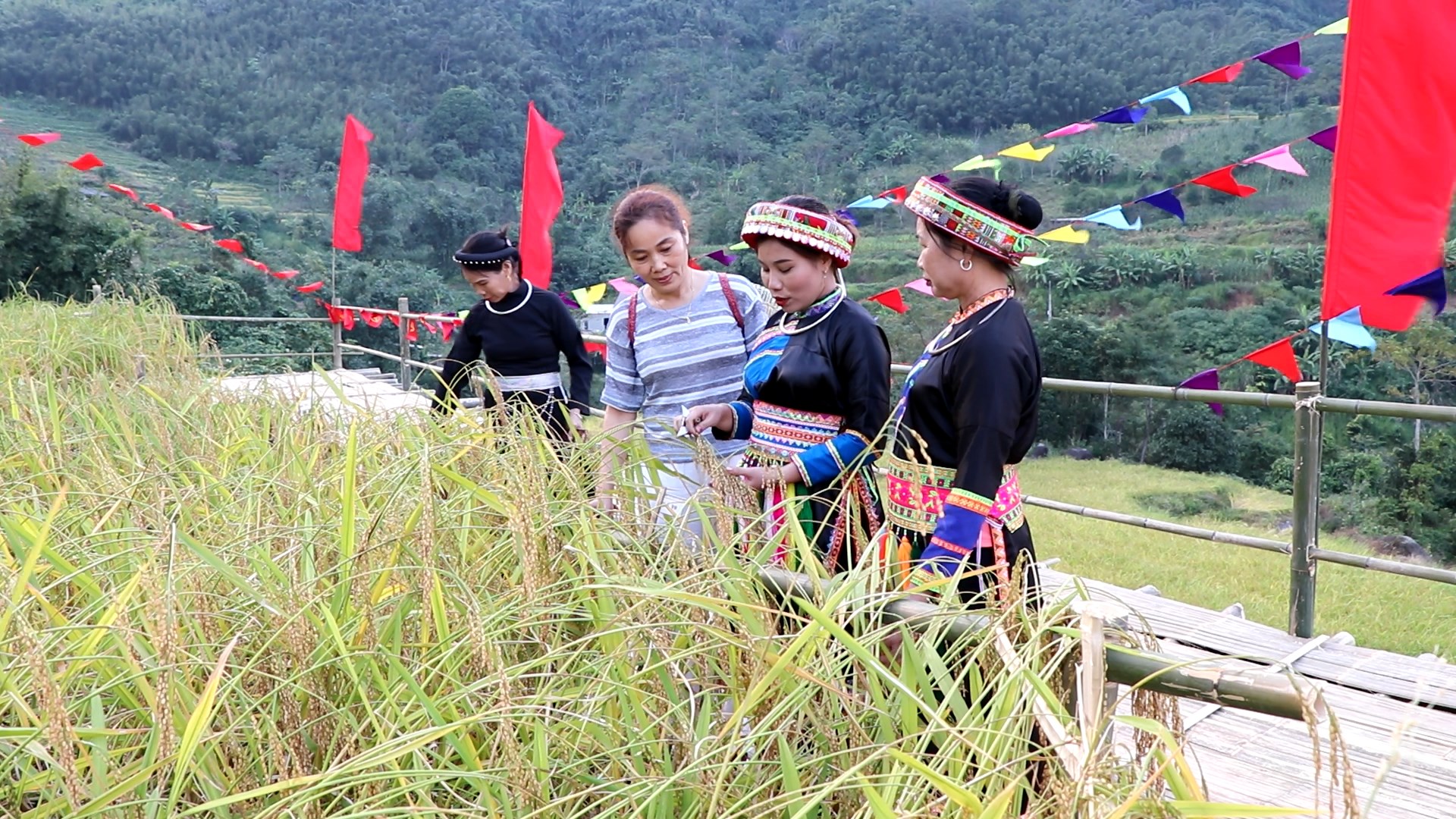










Comment (0)